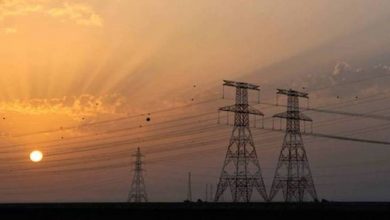India Faces Driest August Since 1901 Due to Intensifying El Nino, Say Experts

New Delhi: Weather experts have forecasted that India is on track to experience the driest August since 1901, a phenomenon attributed to the intensifying El Nino conditions. Moreover, this year’s monsoon might be the driest since 2015 when a rainfall deficit of 13 percent was recorded.
With a current precipitation deficit of 32 percent in August and a prediction of subdued rainfall for the next three days across a significant portion of the nation, an unnamed official from the India Meteorological Department (IMD) indicated the possibility of registering the driest August in over a century.
August typically witnesses around 30 percent of the monsoon season’s total rainfall, with an average of 254.9 mm. Historically, India has witnessed a rainfall deficit of 25 percent in August 2005, 24.6 percent in 1965, 24.4 percent in 1920, 24.1 percent in 2009, and 24 percent in 1913, according to data from the IMD.
The IMD’s Mrutyunjay Mohapatra explained that the primary factors contributing to below-normal August rainfall are the El Nino phenomenon, characterized by Pacific Ocean warming near South America, and the “unfavorable phase of the Madden Julian Oscillation (MJO)” which curtails convection over the Bay of Bengal and the Arabian Sea.
El Nino generally corresponds to weakened monsoon winds and arid conditions in India. The MJO, an atmospheric disturbance lasting about 30 to 60 days, influences rainfall patterns by enhancing cloud cover and convective activity.
Mohapatra highlighted that the absence of low-pressure systems over the Bay of Bengal (BoB), due to El Nino, and the northward movement of low-pressure systems in the South China Sea have both contributed to the reduced August rainfall.
A prolonged monsoon break from August 6 to August 17, the longest since 2009, was influenced by El Nino’s intensification. The northward shift of the monsoon trough led to suppressed rainfall across significant portions of India’s core monsoon region, from Gujarat to West Bengal and Odisha.
Rainfall in September is also anticipated to be below normal, ranging from 94 to 99 percent of the long-period average. This forecast holds significance due to the pivotal role of normal rainfall in supporting India’s agricultural landscape and water reservoirs, critical for drinking water and power generation. Rainfed agriculture, contributing around 40 percent of total food production, remains a vital component of India’s food security and economic stability.






